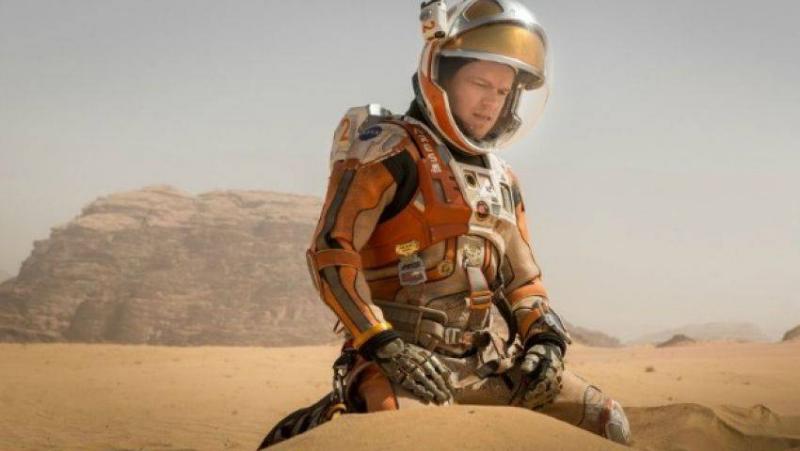In the 2015 science fiction film "The Martian," Matt Damon played an astronaut who survives on a diet of potatoes grown in human waste after becoming stranded on the Red Planet. Now, a New York-based company that produces carbon-free aviation fuel has taken this astronaut food menu in a completely different direction. Their innovation has reached the final stage of a competition sponsored by the U.S. National Aeronautics and Space Administration (NASA) to encourage the development of next-generation technologies to meet the nutritional needs of astronauts. The company, Air Company, based in Brooklyn, has developed a method to recycle the carbon dioxide exhaled by astronauts during flights to create yeast-based food products that compose a protein drink aimed at nourishing astronauts on long-term missions in deep space. Co-founder and Chief Technology Officer Stafford Sheehan stated, "It's definitely more nutritious than Tang," referencing the famous drink in 1962 when John Glenn became the first American to orbit the Earth. Sheehan, who holds a Ph.D. in physical chemistry from Yale University, originally developed his carbon conversion technology as a means to produce high-purity alcohol for aviation fuel, perfumes, and vodka.
The monocellular protein drink entered in the NASA competition has a texture similar to whey protein and a flavor reminiscent of seitan (wheat protein), a food made from wheat gluten that originated in East Asia and is used by vegetarians as a plant-based meat substitute. Beyond protein drinks, the same process can be utilized to produce other carbohydrate-rich alternatives for making bread, pasta, and tortillas. This month, NASA announced that Air Company’s patented technology, AirMId, was among eight other technologies selected in the second phase of its food competition, with a prize value of $750,000. There will be a final round of the competition.




